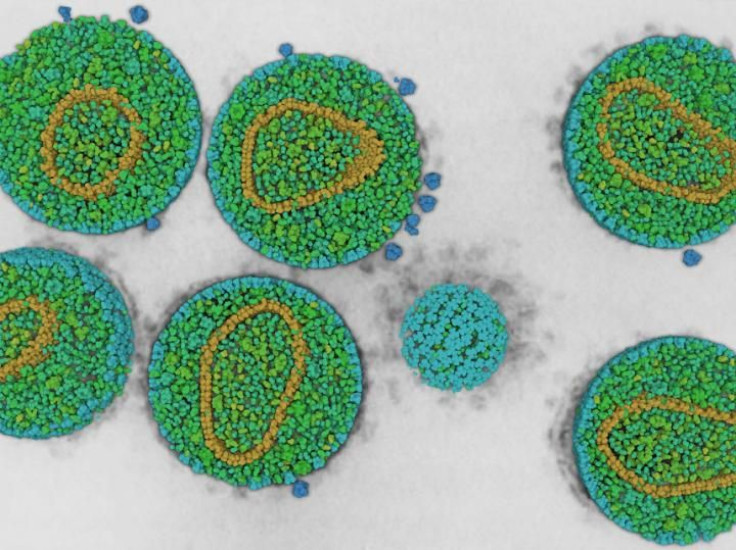TSRI And UC San Diego Researchers Launch Consortium To Study 'Virtual' Cells In Space And Time

A team of researchers at The Scripps Research Institute, or TSRI, and the University of California, San Diego, have collaborated to launch a new consortium to create virtual cells. Through the consortium, the researchers aim to map cells in space and time.
The researchers from interdisciplinary subjects are expected to collaborate to create and simulate a virtual model of a cell. For better understanding of the mechanisms associated with the functioning of the cell, the model will be broken down to atomic levels of details.
"We are entering into this promising collaboration between our campuses with great optimism," TSRI acting president and CEO Jim Paulson said in the press release.
"The Visible Molecular Cell Consortium aims to bring together the best minds from different disciplines to understand and articulate how the body's cells work, which will lay important groundwork to understanding health and disease."
In addition, the researchers believe that the consortium will help elevate the infrastructure and scientific excellence at TSRI and UC, San Diego. As of now, the building of a virtual cell poses one of the biggest challenges to the researchers from the field of computational biology, experimental biology and information analysis.
The consortium will offer a fellowship funding to 10 to 12 graduate students and postdoctoral fellows. Students and research fellows will work on the collaborative project to see how different proteins within a cell interact over time. Researchers believe that to have a complete understanding of how a cell functions, it is first important to know how each individual component within a cell works in 3D.
Through the consortium, the researchers hope to zoom into an atomic level inside the cell and witness the “nano neighborhoods” where cell interaction takes place. The team is firm that this inter-institutional collaboration will make appropriate use of the advances in imaging technology to make a breakthrough in understanding complex cellular machinery.
© Copyright IBTimes 2024. All rights reserved.











